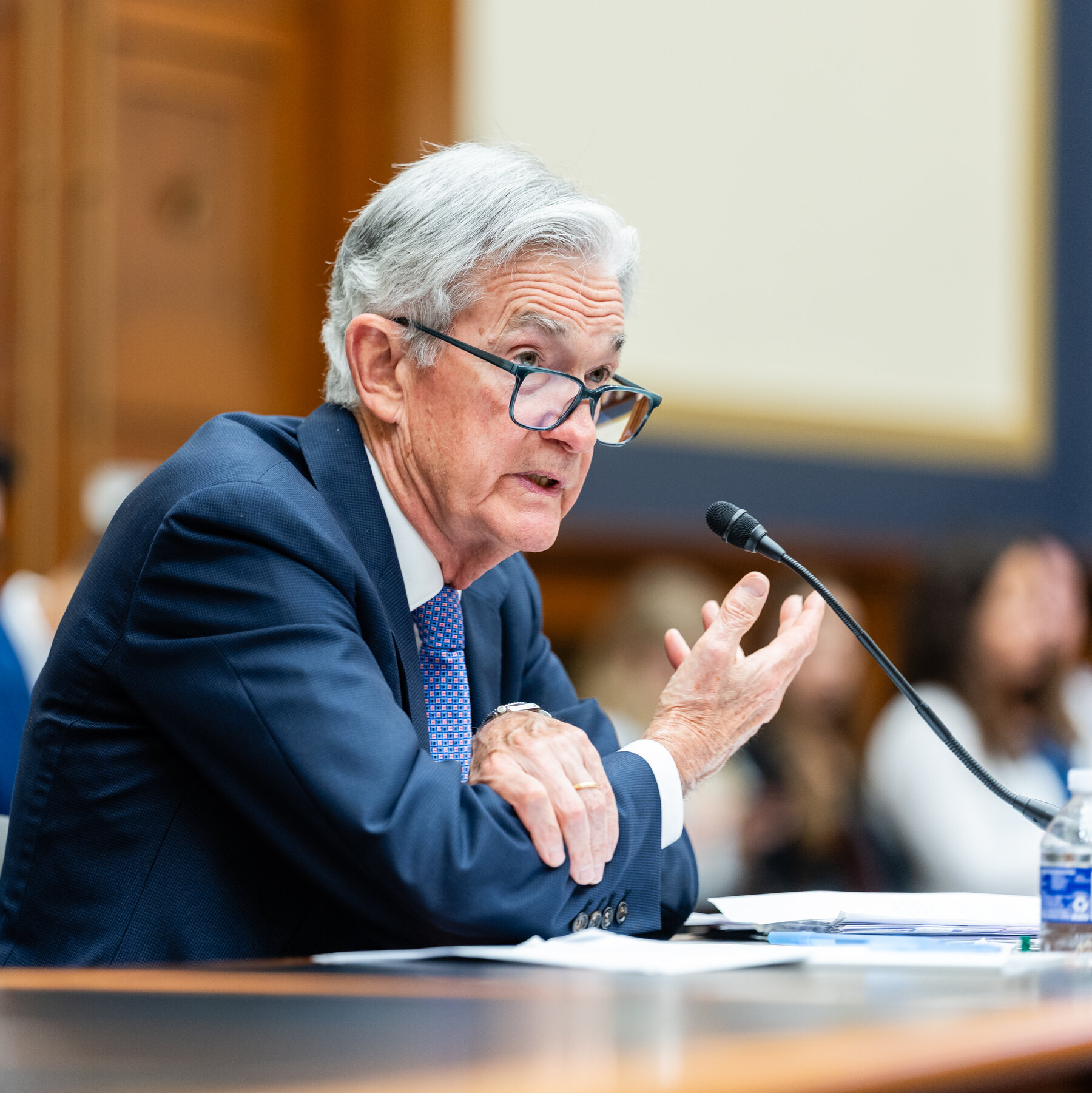Software firm Cloudflare has unveiled a groundbreaking tool designed to block bot crawlers from accessing web content without permission. Announced on Tuesday, July 1, the new feature empowers website owners to decide whether artificial intelligence (AI) crawlers can access their content and under what terms. This includes setting a price for access through a “pay per crawl” model.
“For decades, the Internet has operated on a simple exchange: search engines index content and direct users back to original websites, generating traffic and ad revenue for websites of all sizes,” Cloudflare stated in a news release. “This cycle rewards creators that produce quality content with money and a following, while helping users discover new and relevant information.”
Challenges in the Age of AI
The introduction of Cloudflare’s bot blocker comes amidst growing concerns over AI crawlers collecting content such as text and images to generate answers without redirecting visitors to the original source. This practice, according to Cloudflare, deprives creators of revenue and the satisfaction of knowing their work is being viewed.
“If the Internet is going to survive the age of AI, we need to give publishers the control they deserve and build a new economic model that works for everyone — creators, consumers, tomorrow’s AI founders, and the future of the web itself,” said Matthew Prince, co-founder and CEO of Cloudflare. He emphasized the importance of original content, calling it a cornerstone of the Internet’s value.
Economic Implications and Expert Opinions
Writing about this issue last year, PYMNTS highlighted the significant financial implications of content scraping. Companies invest heavily in researching, writing, and publishing website content, and unrestricted bot scraping undermines this investment. Experts argue that this leads to derivative content that may outrank the original on search engines.
“Beyond content theft, scraping can have detrimental effects on website performance,” the PYMNTS report noted. “Unchecked bot activity may overload servers, slow down websites, and skew analytics data, potentially increasing operational costs.”
Despite the urgency of implementing protective measures, experts remain divided on the effectiveness of new anti-scraping tools. Some caution that their track record is still unproven, while others are more optimistic about their potential.
Cloudflare’s Strategic Response
Cloudflare’s latest tool is not its first attempt to combat AI-data harvesting. Last year, the company introduced another tool aimed at blocking AI bots specifically, allowing human visitors and search engine robots to continue accessing sites without compromising search engine optimization (SEO) performance.
Pankaj Kumar, CEO of Naxisweb, acknowledged Cloudflare’s efforts in an interview with PYMNTS. “Its purposeful blockage focuses exclusively on AI bots so that people can still visit the site or search engine robots can continue to crawl it,” Kumar explained. “Unauthorized scraping is prevented by selective blocking.”
Looking Ahead: The Future of Web Content
The introduction of Cloudflare’s bot blocker is a significant step towards redefining the relationship between content creators and AI technologies. As the digital landscape continues to evolve, the need for robust protective measures becomes increasingly apparent.
Moving forward, the challenge will be to balance innovation in AI with the rights and revenues of content creators. Cloudflare’s initiative may set a precedent for other tech companies to follow, potentially leading to new standards in content protection and monetization.
As the Internet navigates the complexities of the AI era, tools like Cloudflare’s bot blocker could play a crucial role in ensuring that the web remains a vibrant and equitable space for creators and consumers alike.
About The Author
 Ethereum Eyes $10,000 as Little Pepe Token Gains Investor Interest
Ethereum Eyes $10,000 as Little Pepe Token Gains Investor Interest Powell Defends Fed’s Cautious Stance Amid Trump’s Rate Cut Pressure
Powell Defends Fed’s Cautious Stance Amid Trump’s Rate Cut Pressure MAGACOIN FINANCE: The Meme Coin Drawing Parallels to Bitcoin’s Early Days
MAGACOIN FINANCE: The Meme Coin Drawing Parallels to Bitcoin’s Early Days Elon Musk’s Financial Stakes at Risk Amid Renewed Trump Feud
Elon Musk’s Financial Stakes at Risk Amid Renewed Trump Feud Elon Musk’s xAI Secures $10 Billion Amid Trump Feud Over Government Subsidies
Elon Musk’s xAI Secures $10 Billion Amid Trump Feud Over Government Subsidies